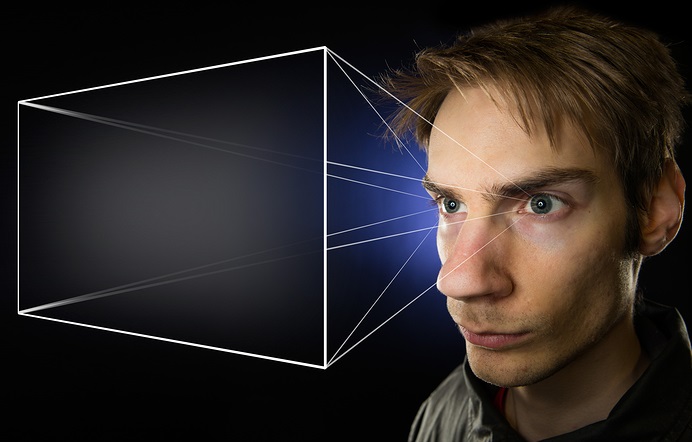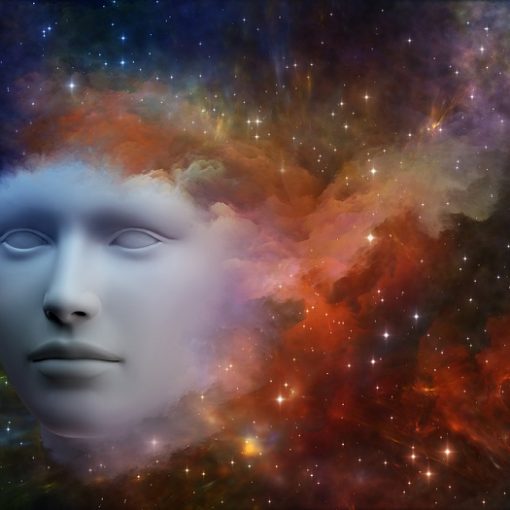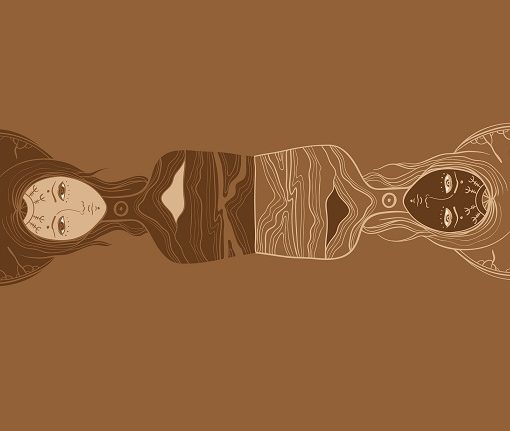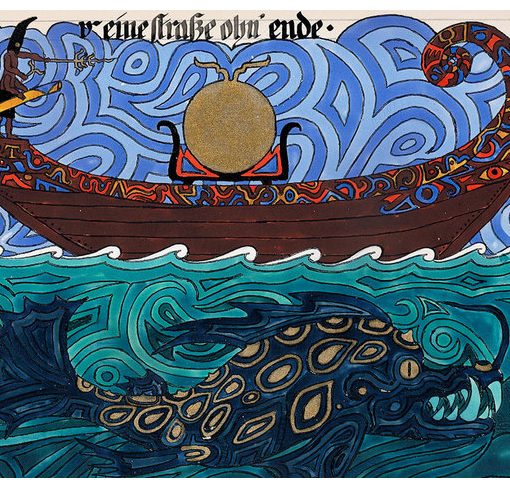
The modern focus on topics such as the power of now, cosmic ordering, quantum mysticism and cosmic consciousness has led many people towards a spiritual view that places the emphasis on the idea that we are all One. But what of the persuasive evidence that we are also individual, reincarnating souls? How can we bring these two ideas together, and does the key lie with the principle of the hologram? Spiritual philosopher Ian Lawton explains his concept of ‘the holographic soul’.
Continued from Part 1
How Convincing are these Reports?
Have sceptics managed to muster persuasive arguments against the evidence in all these areas of research?[i] As far as the strong cases are concerned, if they have dared to look at them in detail at all – instead of deliberately and selectively commenting on weaker ones – their rebuttals are, by and large, simplistic and reductionist. Of course their other tack is not to get drawn in and to simply write off the entire body of evidence as ‘purely anecdotal’. But anyone who has taken the time to properly acquaint themselves with the strongest cases will know that the only possible materialist explanation against them that might stand up is deliberate fraud, not misinterpretation – and the disparate circumstances and volume of these cases is such that this is not the most rational explanation.
On the other hand, could these cases merely result from subjects tapping into some sort of universal memory, or even from possession by the deceased? Probably the strongest evidence that they are indeed memories from the subjects’ own, individual, past lives comes from subjects also being regressed into the time between lives, or ‘interlife’.[ii] This stems from the research of a number of pioneering psychologists and psychiatrists around the world, who each stumbled on the interlife independently in the 70s and 80s. Their subjects’ reports are extremely consistent, so that the experience can be broken into five main elements: transition and healing, past-life review, soul group interaction, next-life planning and returning. Although in recent decades this experience has gained widespread exposure, the original evidence was collated by pioneers working independently with hundreds of subjects who were highly unlikely to have been merely regurgitating reports they had read about elsewhere.
The Hologram Model
So how do we properly bring this evidence of individual soul survival and reincarnation together with the idea of a universal consciousness that underlies everything? Although the most profound spiritual sources have hinted at the truth throughout the ages, the most simple yet elegant solution has only become available to us in recent decades with the discovery of the hologram. And it involves applying this principle not to the brain, nor to memory, nor even to the universe as a whole, but instead to soul consciousness itself. So we could put forward the following model and definitions:
Soul consciousness is holographic. We are both individual aspects of Source, and full holographic representations of it, all at the same time. However this does not mean that soul individuality is in itself an illusion. The principle of the hologram is that the part contains the whole, and yet is clearly distinguishable from it.
As for the bigger picture, it is probably safe to extend the definition of the holographic soul as follows:
Source’s primary aim, in diversifying into all the billions of holographic soul aspects of itself that operate in the various realms throughout the universe, is to experience all that is and can be. So as individualised aspects of Source who have chosen to reincarnate on this planet, we are merely fulfilling a small part of that objective by gaining a balance of all the experiences available via this route.
[i] Note that I am always careful to include all of their counter arguments against my strong or ‘unexplained’ cases in all these areas of research.
[ii] For full details of the independence and objectivity of the original evidence see The Big Book of the Soul, chapter 5, pp. 152-5.

[box out – refers to diagram above] A basic hologram is created by shining a light beam through a ‘splitter’ angled at 45°. Some of the light carries straight on through as an ‘illumination beam’ that lights up all sides of an object, for example a book. An ‘object beam’ is then reflected off this at a 45° angle onto a ‘photographic plate’ placed at a similar angle. At the same time the light splitter produces a ‘reference beam’ that is bounced off a mirror angled at 45°, and then onto the plate, creating an interference pattern. Whenever the plate is subsequently illuminated by the original reference beam, a holographic, three-dimensional image of the original object is created in its original position, even when the object itself is no longer actually there. But the crucial aspect for our purposes is that the photographic plate can be broken into increasingly small fragments, and each one will still reproduce the entire image – albeit with a slight loss of clarity at the extremes. And this is what is meant by ‘the part contains the whole and yet is clearly distinguishable from it’.
 Ian Lawton was born in 1959. In his mid-thirties he became a writer-researcher specialising in ancient history, esoterica and spiritual philosophy. His first two books, Giza: The Truth (1999) and Genesis Unveiled (2003), have sold over 30,000 copies worldwide. In The Book of the Soul (2004) he developed the idea of Rational Spirituality, also establishing himself as one of the world’s leading authorities on the interlife. And in The Wisdom of the Soul (2007) he first introduced the idea of the holographic soul. His other books include The Little Book of the Soul (2007), The Big Book of the Soul (2008, a complete rewrite of the 2004 book), Your Holographic Soul (2010), The Future of the Soul (2010) and The History of the Soul (2010, a revision of the 2003 book). He is also a practising current, past and between life regression therapist. For further information see www.ianlawton.com.
Ian Lawton was born in 1959. In his mid-thirties he became a writer-researcher specialising in ancient history, esoterica and spiritual philosophy. His first two books, Giza: The Truth (1999) and Genesis Unveiled (2003), have sold over 30,000 copies worldwide. In The Book of the Soul (2004) he developed the idea of Rational Spirituality, also establishing himself as one of the world’s leading authorities on the interlife. And in The Wisdom of the Soul (2007) he first introduced the idea of the holographic soul. His other books include The Little Book of the Soul (2007), The Big Book of the Soul (2008, a complete rewrite of the 2004 book), Your Holographic Soul (2010), The Future of the Soul (2010) and The History of the Soul (2010, a revision of the 2003 book). He is also a practising current, past and between life regression therapist. For further information see www.ianlawton.com.
[1] All these models, and the idea of the holographic soul itself, are discussed in far more detail in The Big Book of the Soul, chapter 8. It also contains a detailed biography and source references section.
[1] For full details see ibid., chapter 1.
[1] For full details see ibid., chapter 2. There is also a section on Ian Stevenson’s birthmark and defect cases, which in my opinion are weaker.
[1] For full details see ibid., chapter 3.
[1] Indeed my own critiques of what I refer to as ‘weak’ and ‘inconclusive’ cases are far more detailed than anything sceptics have come up with; see ibid., chapter 3, pp. 72-94.
[1] Note that I am always careful to include all of their counter arguments against my strong or ‘unexplained’ cases in all these areas of research.
[1] For full details of the independence and objectivity of the original evidence see The Big Book of the Soul, chapter 5, pp. 152-5.




